Posted in: 03/18/2022
The fight against drugs and alcoholism has been an issue fervently discussed by different fields of society. The problems caused by illicit drug dependence and the abusive use of licit drugs no longer raise questions: they are considered harmful, both individually and collectively.
In 2019, the last year for which worldwide data are available, drug use was responsible for the deaths of approximately half a million people , according to information from the United Nations Office on Drugs and Crime (UNODC).
The data are alarming, but unfortunately, they have not contributed much to the decrease in consumption: in 2020, around 275 million people used drugs , and more than 36 million suffered from disorders associated with their use , according to the World Drug Report 2021 , released recently by UNODC.
In previous reports, UNODC already pointed to a growing number of people consuming licit and non-licit drugs worldwide: between 2010 and 2019, there was an increase of 22% , credited, in part, to the growth of the world population . Projections indicate that, by 2030 , there will be an 11% increase in the number of people who use drugs worldwide.
Alcoholism , for example, is responsible for the death of about 3 million people a year , a number that represents 5.3 % of deaths worldwide. More than 200 diseases and injuries are related to alcohol use, according to the World Health Organization (WHO). In addition, experts pay attention to the relationship between excessive alcohol use and different forms of violence.
Most of the time, the issue of combating drugs and alcoholism arises as a result of a specific discussion: are drugs a public health or safety problem?
To understand the issue, it is necessary to evaluate the different aspects through which it presents itself and how its social and economic impact can be different.
When we consider the part related to trafficking , crime due to drugs and consequent violent behavior, which can occur due to consumption, we are specifically dealing with the area related to public safety .
However, when we consider addiction , the creation of treatment centers and the professional care that needs to be dedicated so that these people can get rid of addiction, we are dealing with the area related to public health .
This is usually the division made by the federal government to deal with the matter. However, it is not difficult to see how the two strands are intrinsically linked, each generating impacts – both negative and positive – on the other.
The discussion goes far beyond safety and health. After all, it is important to point out that investments in access to adequate education, work and public policies for a more equal distribution of income are essential for society, acting as basic factors that could contribute to avoiding many of the social problems that plague the country, including the drug issue.
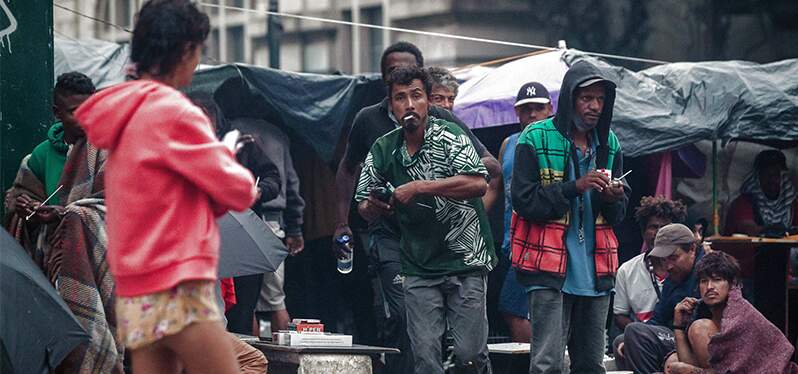
Prevention policies are relatively less costly than expenses arising from hospitalizations or imprisonment, not to mention the costs of lawsuits for the State and, of course, private individuals. In addition, various moral damages related to dependent individuals are avoided , such as unemployment and exclusion from society . In other words, there are still unmeasurable social harms from drug use.
Also in the consumption of licit, legally licensed drugs (such as alcohol, cigarettes and medication), if we have investment in public health policies aimed at prevention – especially for young people – we have a great chance of reducing consumption and its consequences.
In a recent survey, the Institute of Applied Economic Research (Ipea) disclosed that there was a decrease in direct spending of federal budgetary resources for the prevention and fight against drugs and alcoholism. According to the report “ Analysis of Public Policies on Drugs in the Federal Budget – 2005 to 2019 ”: in 2017, “ expenses reached BRL 1.863 billion. In 2018 and 2019, however, expenses were BRL 447 million and BRL 476 million, respectively ”.
The report highlights that the funds are destined mainly for public policies of the Ministry of Health – with a percentage spent of 0.44% – and of the Ministry of Justice and Public Security , with a higher percentage value, of 1.68% . In both cases, the report indicated episodes in which the amounts initially budgeted for public policies were not even reached.
That is, these values represent investments in the fight against drugs and alcoholism that could have occurred, but did not become reality.
For the World Health Organization (WHO), there is no doubt: addiction to licit or illicit drugs is considered a disease . Therefore, a public health issue of international scope. And the theme is seen like this by the main bodies related to health around the world.
The fact that Brazil views the fight against drugs as if it were primarily a security issue , placing more emphasis on repressive actions to reduce drug trafficking and organized crime, and investing little in prevention and health, has had disastrous consequences. to combat drugs .
Going against the grain of world decisions, which focus on treating the issue mainly as a public health issue, makes Brazil – in addition to having poor results in the confrontation, be considered as one of the countries that have the worst drug policy in the world .
This was revealed even more explicitly by the Global Drug Policy Index , a recently published ranking. The research, carried out with 30 countries, showed that anti-drug policies based only on “repression and punishment” were not effective, bringing little result in the confrontation.
The countries that invested in health policies aimed at prevention and treatment were the ones that had the most satisfactory results. Brazil took the last place on the list , as the country with the worst drug public policy in the world.
It is important to highlight here the profile of young people arrested or killed as a result of the repression policy and the “war on drugs” in Brazil, as there is a very specific cut of the population: the majority is composed of men, black or brown, and poor .
In the most recent survey, released in 2020, based on data from 2019, the National Penitentiary Department (Depen) pointed out a prison population of 773,151 people . Of these, 90% are men and approximately 8% are women. Most people arrested are charged with drug-related crimes .
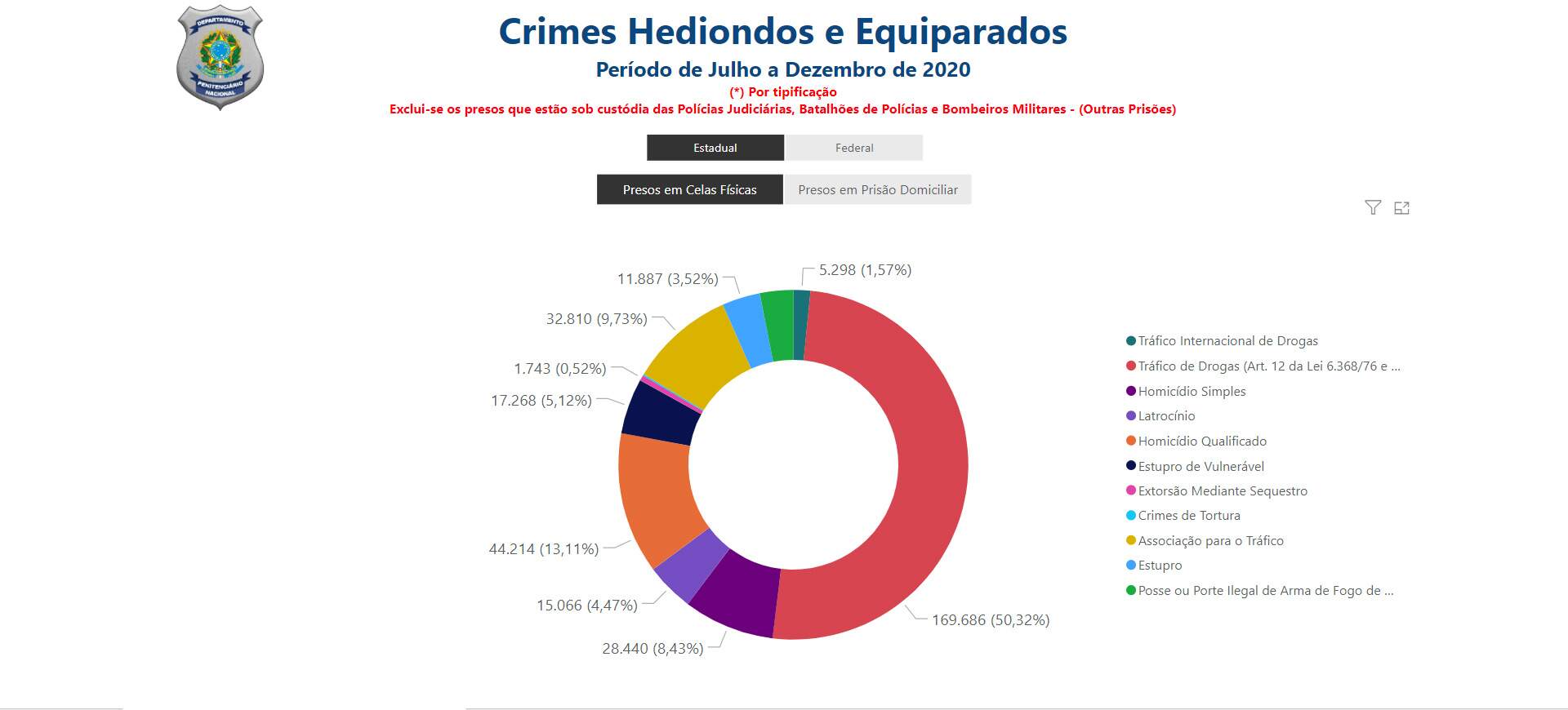
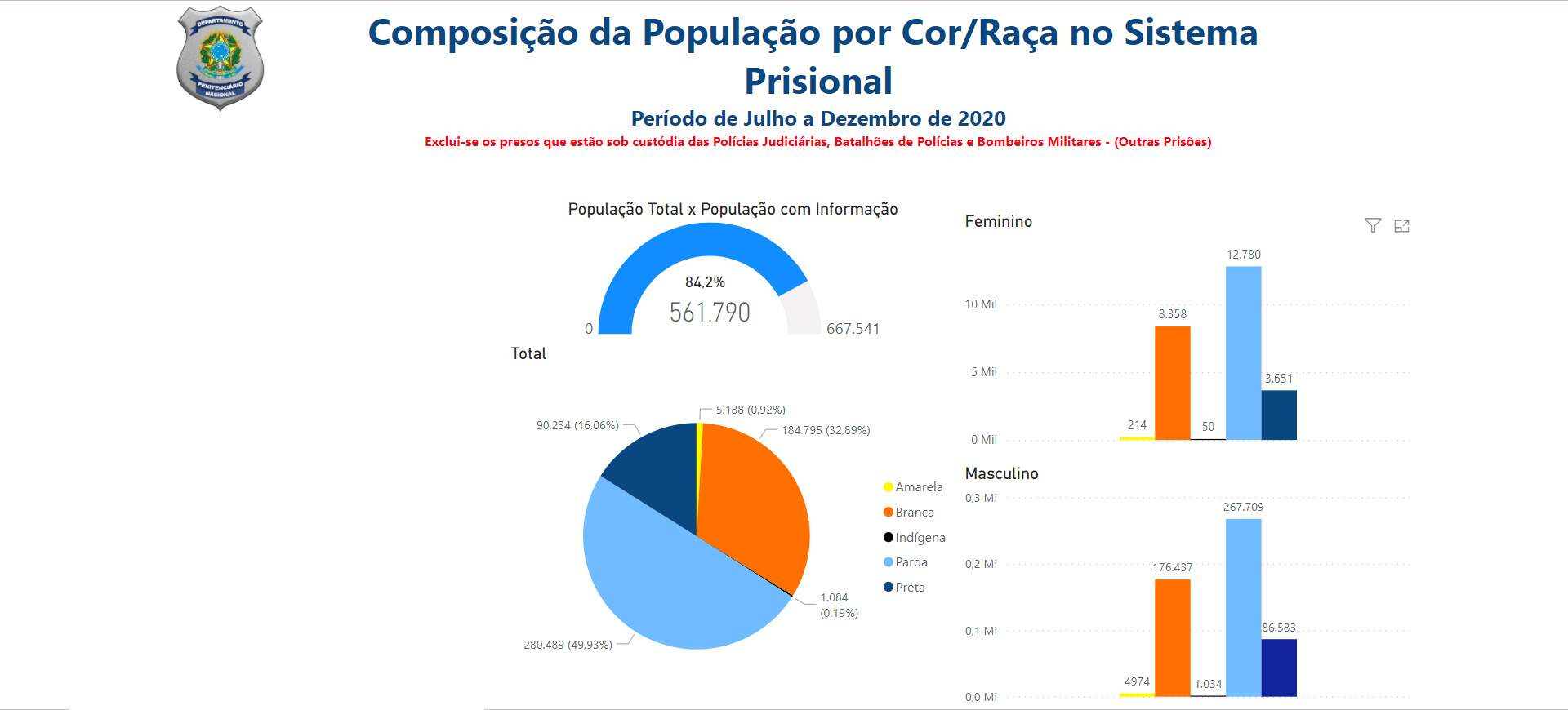
The Brazilian Public Security Yearbook, updated in 2021, brings public security data related to deaths due to police intervention in Brazil, demonstrating the effects of social inequality: in 2020, 78.9% of victims were black people .
According to the report “ Deaths resulting from police intervention in Brazil in 2020 ”, “The police fatality rate among blacks is 4.2 victims per 100,000 , while among whites it is 1.5 per 100,000 , the which is equivalent to saying that the police lethality rate among blacks is 2.8 times higher than the rate among whites.”
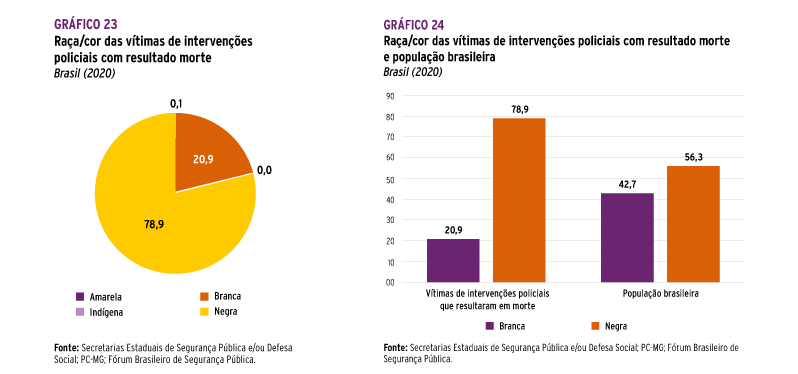
In 2019, the federal government approved a new National Drug Policy (PNAD), which provides for stricter measures regarding the treatment of users in the health network – facilitating involuntary hospitalization and encouraging treatment based on abstinence rather than harm reduction .
Harm reduction was a strategy that had been adopted previously. In it, unlike abstinence, the user is not necessarily encouraged to completely stop using drugs. What happens is the search for social inclusion and guidelines aimed at avoiding more serious consequences of use, encouraging a gradual reduction until the person discontinues use, if they so wish.
Health-related measures were viewed with trepidation by specialists in the field, who indicated a possible setback , as they could distance users from an effective search for help in the health network.
Although surveys indicate that there are differences and challenges to officially calculate how much Brazil spends on its drug policy , since several actions are assigned to different ministries , the position of the current government seems to classify the issue of drugs as one of public security.
Especially when we consider the cuts in resources allocated to public health policies aimed at serving users and dependents, and the increase in funds allocated to security and repression policies .
It is worth emphasizing that, as we saw earlier, this position goes against the grain of the main anti-drug policies in the world, which have made great advances by investing their resources in public policies in the health area.
It is also necessary to emphasize that, although we have brought the two main aspects of this discussion on the issue of combating drugs and alcoholism, it should not be reduced only to the duality of health versus safety , since only the combination of different areas and actions can be able to improve social reality as a whole. This implies investments in health and safety, yes. But also in quality education, better living conditions, employment and income for all.
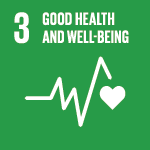
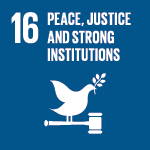
Sign up and receive our news.